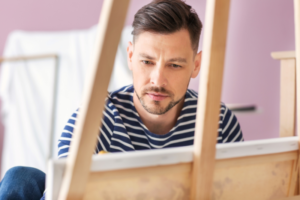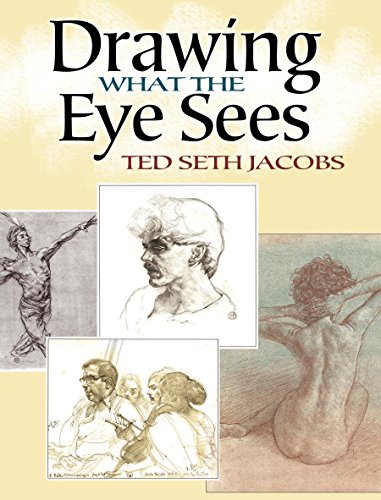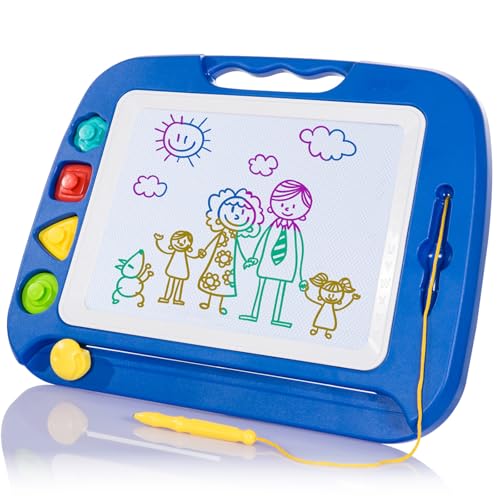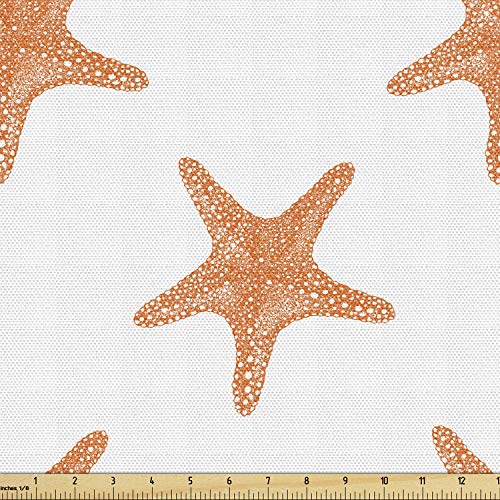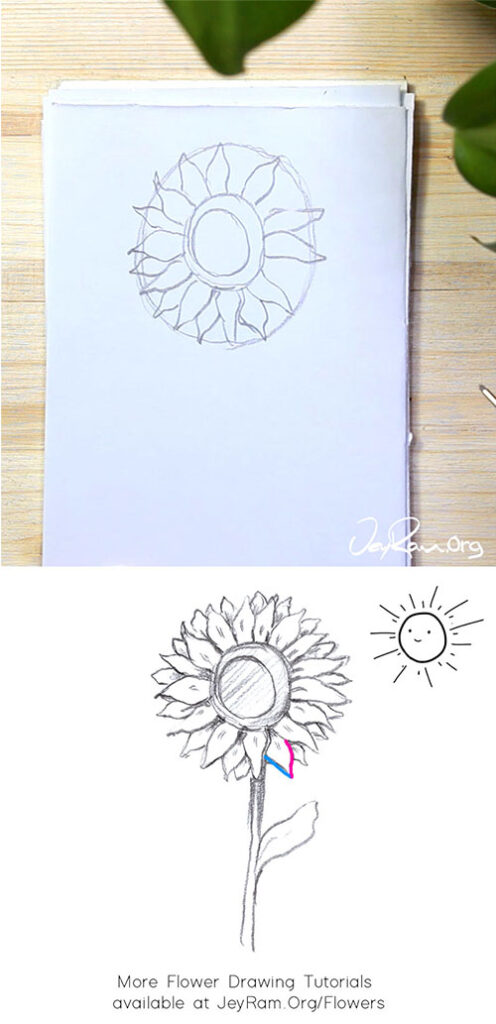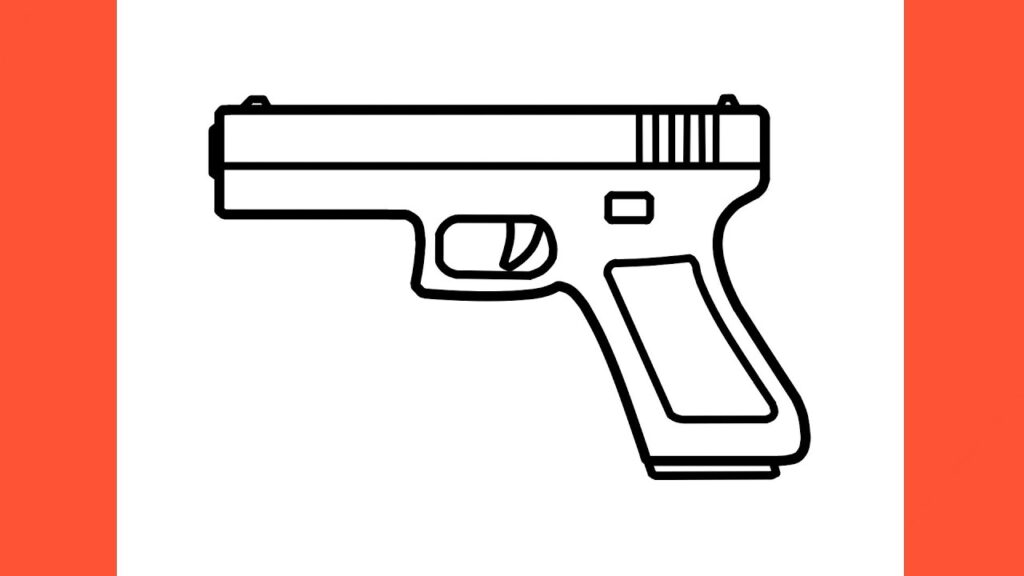The mirror drawing challenge is a fun and creative activity. It tests your artistic skills and coordination.
To do this challenge, you draw an image with one hand while mirroring it with the other hand. This can be tricky but is a great way to improve focus and dexterity. Mirror drawing is popular among artists and hobbyists.
It combines art with brain exercise. This challenge encourages creativity and patience. It pushes you to think differently and improves hand-eye coordination. You don’t need fancy tools, just paper and a pen. Anyone can try it, from beginners to experienced artists. It’s not only about perfect drawings, but also about learning and having fun. So, get ready to explore your artistic side and enjoy this unique challenge!

Introduction To Mirror Drawing
Mirror drawing challenges test creativity and coordination. Start by choosing a simple shape to replicate. Practice creating symmetrical designs using both hands simultaneously, focusing on maintaining balance and precision.
### Introduction to Mirror Drawing Have you ever tried drawing with both hands simultaneously? If not, the mirror drawing challenge might pique your interest. This fascinating exercise requires you to sketch identical shapes using both hands at the same time. It’s a fun way to challenge your brain and improve coordination. You don’t need to be an artist to give it a go. All you need is some paper, pens, and a willingness to try something new. This challenge can be a playful way to explore your creativity. ### Concept of Mirror Drawing Mirror drawing is a unique technique where you attempt to draw symmetrical images using both hands. Imagine tracing a heart shape with your right hand while your left hand mirrors the same path. It sounds tricky, doesn’t it? This practice pushes your brain to coordinate both sides of your body simultaneously. It’s like telling your hands to dance in harmony, creating identical patterns together. Try starting with simple shapes like circles or triangles. As your skills improve, you can attempt more complex designs. This exercise not only enhances your drawing skills but also boosts your brain’s ability to multitask. ### Benefits of the Challenge Engaging in mirror drawing offers several benefits. First, it stimulates brain activity by activating both hemispheres. This can improve cognitive functions and sharpen your focus. Additionally, it enhances hand-eye coordination. As you practice, you’ll notice a smoother synergy between your thoughts and hand movements. This can be particularly beneficial if you enjoy activities that require precision, like typing or playing musical instruments. Lastly, it’s a great stress reliever. When you’re engrossed in creating mirrored images, you might find yourself lost in the process. This can provide a calming escape from the hustle of daily life. Have you ever considered how the simple act of drawing could impact your brain? Why not give it a try and see what benefits you discover?
Materials Needed
Embarking on a mirror drawing challenge can spark creativity and improve skills. Before starting, gather the right materials to make the process smooth and enjoyable.
Essential Tools
To begin, you’ll need paper. Choose a size that fits your project. A pencil is crucial, allowing you to sketch lightly and erase mistakes. An eraser helps correct errors effortlessly. Get a ruler to measure and draw straight lines with precision. A mirror is the key tool. It lets you see your drawing from a different perspective. This helps balance and symmetry.
Optional Supplies
Consider colored pencils or markers for added flair. They bring vibrancy and depth to your artwork. A sketchbook can be beneficial for practice and progress tracking. Use tracing paper if you want to copy intricate designs easily. Graphite pencils come in handy for shading and adding texture. A drawing board provides a stable surface, reducing the risk of movement.
Setting Up Your Workspace
Organize your workspace for the mirror drawing challenge by ensuring good lighting and a clear desk. Place your paper and mirror side by side for easy visibility. Keep pencils, erasers, and rulers within reach to maintain focus and enhance precision during the activity.
Setting up your workspace is key to mastering the mirror drawing challenge. A well-organized space helps you focus and enhances your creativity. You need a spot that encourages concentration and inspires your artistic flair.
Choosing The Right Space
Select a quiet area with good lighting. Natural light is ideal for reducing eye strain. Ensure your workspace is free from distractions. A clutter-free environment aids concentration. Find a place where you feel comfortable and relaxed. Your space should be big enough for your materials and drawing movement.
Organizing Your Materials
Gather all necessary materials before you start. You’ll need paper, pencils, and erasers. Consider using a drawing board or desk. Keep your tools within reach to avoid interruptions. Arrange your materials neatly on the table. This helps maintain focus and efficiency during the challenge.
Step-by-step Guide
The Mirror Drawing Challenge is a fun and creative activity. It helps improve symmetry skills and enhances creativity. This challenge involves drawing an image on one side of a line and mirroring it on the other. Follow this step-by-step guide to get started with your mirror drawing.
Starting With Simple Shapes
Begin with easy shapes like circles or squares. Draw a vertical line down the center of your paper. This line acts as your mirror. Sketch a simple shape on one side of the line. Try to replicate this shape on the opposite side. Keep your hand steady and focus on symmetry. Practice with different basic shapes for confidence.
Progressing To Complex Designs
Once you master simple shapes, move to intricate designs. Start with half of a flower or a butterfly wing. Mirror the design on the other side with precision. Use a pencil for easy corrections. Take your time and enjoy the creative process. The more you practice, the better you’ll get at complex patterns.
Common Mistakes
Engaging in a mirror drawing challenge can be fun and rewarding. Yet, many participants fall into common pitfalls that hinder their progress. Understanding these mistakes helps improve your skills and results. Let’s explore some frequent errors and tips to avoid them.
Avoiding Symmetry Errors
Symmetry is key in mirror drawing. Many struggle with keeping both sides identical. Focus on each section of your drawing. Compare it frequently with the other side. Use a ruler or grid lines for better accuracy. Practice by drawing simple shapes first. This builds confidence and precision.
Maintaining Consistency
Consistency in lines and shapes can be challenging. Wavering lines often disrupt the harmony. Keep a steady hand while drawing. Choose a comfortable and quiet environment. This minimizes distractions and improves focus. Regular practice helps in developing muscle memory. It leads to smoother and more consistent drawings.
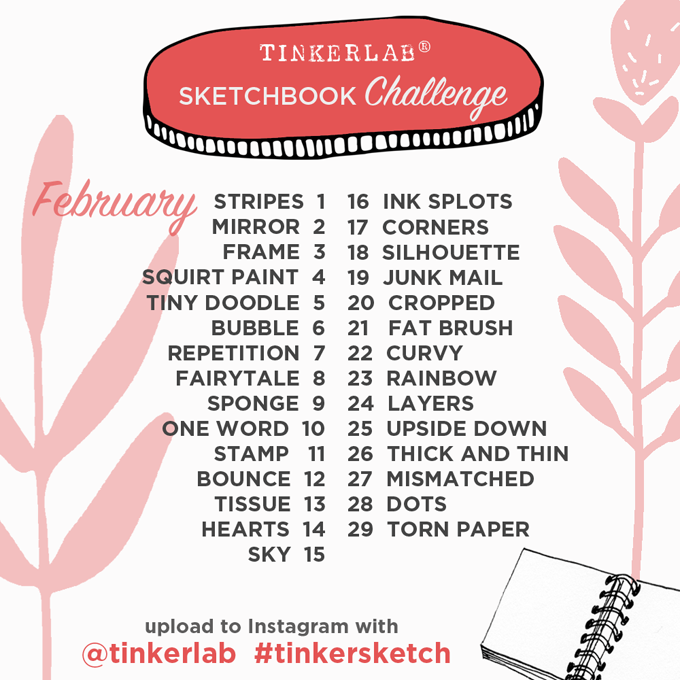
Tips From Experts
Embarking on the Mirror Drawing Challenge can be fun and challenging. Experts share valuable tips to enhance your skills and make your experience enjoyable. These insights help improve hand coordination and build focus and patience. Let’s dive into some expert advice.
Improving Hand Coordination
Hand coordination is vital for mirror drawing. Experts recommend starting with simple shapes. This helps your brain and hands work together smoothly. Practice regularly to strengthen muscle memory. Use both hands simultaneously to mirror the movements. This technique develops ambidexterity, making drawing easier.
Maintain a steady pace while drawing. Speeding up may cause errors. Concentrate on accuracy over speed. This approach ensures better coordination. Experts suggest using larger paper for practice. It provides ample space for movement. Large strokes enhance control and precision.
Enhancing Focus And Patience
The mirror drawing challenge demands focus and patience. Experts advise setting a quiet environment. Limit distractions to improve concentration. Focus helps achieve symmetry in your drawings. Take breaks to relax your mind. Short breaks refresh your focus, avoiding frustration.
Patience plays a crucial role in this challenge. Draw slowly, embracing each stroke. This method fosters patience and prevents mistakes. Experts recommend practicing mindfulness during drawing. Mindfulness enhances focus, providing a calm approach. Celebrate small achievements to build motivation and confidence.
Practicing Regularly
Practicing regularly is the secret sauce for mastering the mirror drawing challenge. Regular practice hones your skills and sharpens your focus. It’s like building a muscle—each repetition makes you stronger and more confident in your abilities.
Setting A Routine
Start by setting a routine that fits your lifestyle. Is morning your most productive time? Or does creativity strike at midnight? Choose a time that works best for you and stick to it. Consistency is key.
Having a designated space for your practice can boost concentration. A quiet corner in your home or a cozy café—where do you feel most inspired? It’s not just about the act of drawing but creating an environment that nurtures your creativity.
Set achievable goals for each session. Will you focus on symmetry today or perfecting curves tomorrow? Specific goals keep your practice purposeful and engaging.
Tracking Your Progress
Tracking your progress helps you see how far you’ve come. Keep a journal or take photos of your drawings. What patterns do you notice over time? It’s rewarding to see improvement and reflect on your journey.
Consider sharing your progress with friends or online communities. Feedback can be invaluable. Are others spotting details you might have missed? Sometimes, a fresh perspective is all it takes to elevate your skills.
Celebrate small victories along the way. Did you finally nail that tricky shape? Every achievement, big or small, deserves recognition. It keeps motivation high and the journey enjoyable.
What’s your biggest hurdle in sticking to a routine? Identifying challenges is the first step in overcoming them. Your dedication will pave the way for success in the mirror drawing challenge.
Conclusion And Next Steps
Embark on the mirror drawing challenge to boost creativity and focus. Grab a piece of paper, fold it, and draw symmetrically on both sides. Practice regularly to refine skills and enhance concentration.
As you wrap up your mirror drawing challenge, it’s essential to take a moment to evaluate your journey and consider what comes next. This exercise isn’t just about creating art; it’s an opportunity to understand more about yourself and your artistic abilities. So, what insights have you gained, and how can you advance your skills? Let’s delve into these questions as you prepare to take your next artistic steps. ###
Reflecting On Your Experience
Reflect on the emotions you felt during the challenge. Did you find it relaxing, frustrating, or unexpectedly enlightening? Each feeling can teach you something valuable about your creative process. Consider the skills you developed. Perhaps you noticed an improvement in your hand-eye coordination or discovered a newfound patience. Think about how these skills can be applied to other areas of your life. Ask yourself what surprised you the most. Did you realize you were more detail-oriented than you thought? Recognizing these surprises can help you tailor future creative projects to your strengths. ###
Exploring Advanced Techniques
Once comfortable with basic mirror drawing, you might be ready to explore more advanced techniques. Try incorporating different mediums like pastels or charcoal to see how they change your drawing experience. Experiment with more complex shapes and patterns. Challenge yourself with symmetry or intricate designs to push your skills further. Look for inspiration from artists who specialize in symmetry or optical illusions. Studying their work can provide new ideas and techniques to incorporate into your own art. As you consider these next steps, remember that the goal is to keep learning and enjoying the process. What will your next creative challenge be?
Frequently Asked Questions
What Is The Mirror Drawing Task?
The mirror drawing task involves tracing shapes reflected in a mirror. It’s used to study motor control and cognitive processes. Participants face challenges due to reversed visual feedback. This task helps researchers understand brain function related to learning and adaptation.
It’s a common tool in psychology experiments.
How To Do A Mirror Effect On A Picture?
To create a mirror effect on a picture, use photo editing software like Photoshop or GIMP. Open your image, duplicate it, flip the duplicate horizontally or vertically, and align it with the original. Adjust the opacity if needed. Save your mirrored image and enjoy the creative result.
How Do You Draw A Mirror Drawing?
To draw a mirror image, start by sketching the original object. Then, replicate each detail symmetrically on the opposite side. Use a ruler for precision and ensure all angles mirror accurately. Keep practicing to enhance your skills.
How Do You Play Mirror Mirror Game?
To play the Mirror Mirror game, sit facing each other. One person leads with movements, while the other mirrors them exactly. Use slow, deliberate actions for better synchronization. Swap roles to enhance the experience. It’s a fun exercise in focus and coordination.
Conclusion
Mirror drawing challenges can be a fun and creative exercise. They boost your concentration and sharpen hand-eye coordination. You don’t need fancy tools. Just a pencil, paper, and a mirror. Start with simple shapes and gradually try complex designs. Practicing regularly helps improve your skills.
Remember, it’s okay to make mistakes. They are part of learning. Enjoy the process and watch your abilities grow. Share your art with friends or online communities. Gather feedback and inspiration. Most importantly, have fun and stay patient. Your improvement will show with time and practice.
Happy drawing!


